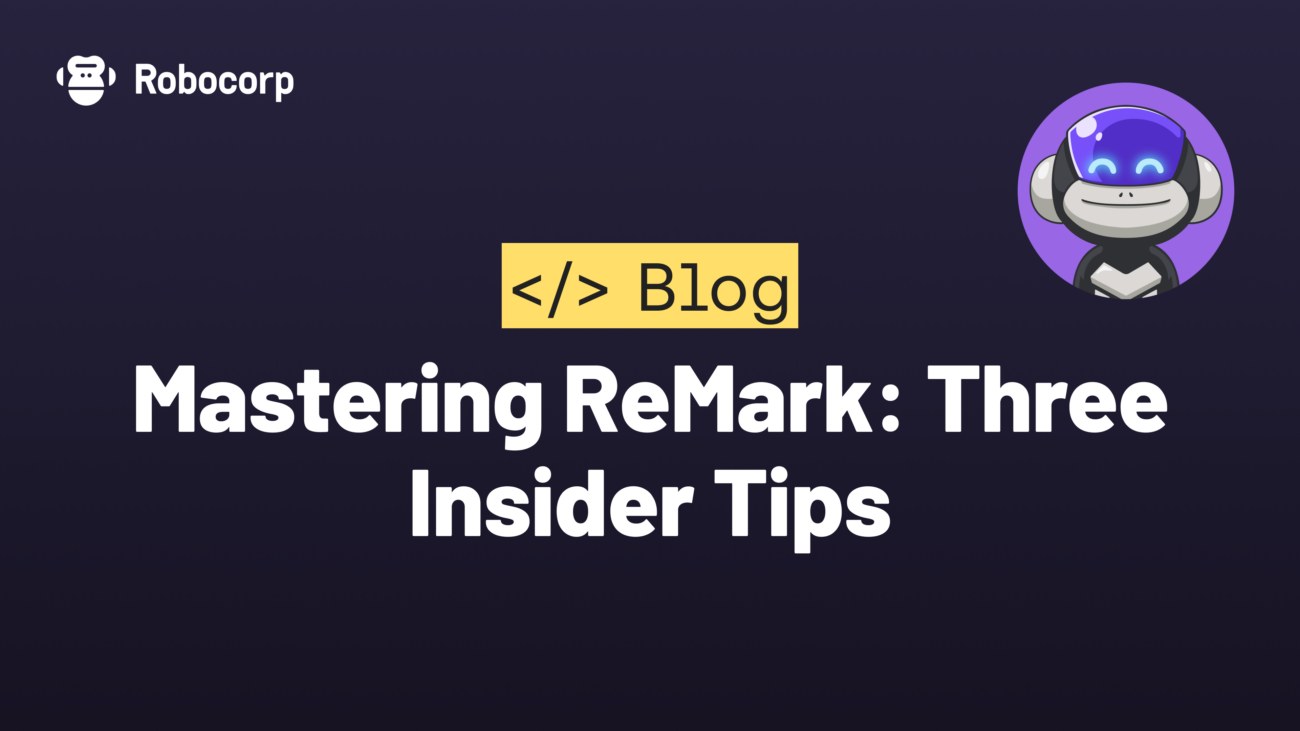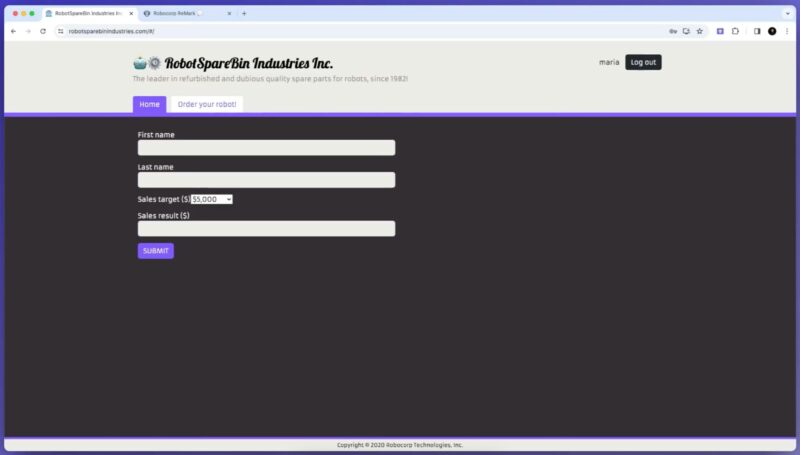Three Insider Tips for Getting the Most from ReMark, Your GenAI Companion
Throughout the year, Generative AI (GenAI) has dominated discussions in boardrooms, conference agendas, and found its place on virtually every technology roadmap. Many of our competitors have pledged to integrate GenAI into their products, but promises often precede meaningful deliveries. Already in July 2023, we proudly introduced ReMark, a revolutionary GenAI chat assistant and code generator. It is Generally Available without any barriers - for everyone at no cost.

ReMark has been leading the charge, providing a practical, accessible, and continuously improving solution. As someone who extensively uses ReMark, in this blog, I share three tips to help you make the most of ReMark and optimise your Python automation journey. Let’s dive into some of the little-known tricks that will empower you to become a super user of ReMark.
1. Locator Discovery from HTML Source
Finding the right locator is key in building reliable automations specially when the web app is complex or dynamically changing web elements. ReMark offers a robust solution for effortlessly identifying the right locators and locator strategies directly from HTML sources. Here’s how it works – Simply copy the HTML Source from your target web app and paste it to ReMark with the prompt to identify your elements. ReMark provides the most reliable locators for your elements, using a range of strategies including ID, Name, Class Name, CSS Selector, and even XPATH. With this feature, you can significantly enhance the reliability of your automations and streamline your development.

2. Tailoring ReMark’s Knowledge: Control Your Data Sources
ReMark is trained on a broad set of data. It’s extensive training data can sometimes include overlapping topics, potentially leading to confusion in responses. You have the power to fine-tune and control the data sources that ReMark relies on for answering your questions. To do this, navigate to the “Settings” dropdown, where you can customise your experience.

For example, if you prefer Python for automation development, you can optimize ReMark’s knowledge by excluding sources related to Robot Framework, or vice versa.
If you only intend to use the Control Room API to integrate workflows, and not use the libraries to build the bots, you can exclude the other sources. By customising your data sources, you can greatly enhance your efficiency and productivity, reducing the need for iterative interactions with ReMark.
3. Debug Efficiently
ReMark is more than just a code generator tool; it’s an AI partner that enhances your development experience. Beyond answering your development questions and generating code, ReMark steps into the role of a senior developer, equipped to identify issues in your code, provide effective solutions, and optimise your algorithms.
Imagine having a experienced developer by your side, ready to assist with debugging. When you come across an error in your code, simply copy the error message into ReMark’s prompt. It will quickly analyse the issue, identify the root cause, and provide solutions to resolve it. This alone can save you hours of frustration and troubleshooting. But ReMark goes even further. You can share your code snippet with ReMark to provide additional context. It will not only identify the problematic areas but also offer suggestions for enhancing your code’s efficiency and performance.
Bonus Tip
ReMark is also available on our Developer Slack. Head over to #ask-remark channel and post your question with @ReMark

Include these tips to enhance your experience with ReMark and share your favorite tricks and tips that you use. With ReMark as your companion, the future of coding looks brighter than ever, and the possibilities for Python automation are limitless. Happy coding!
